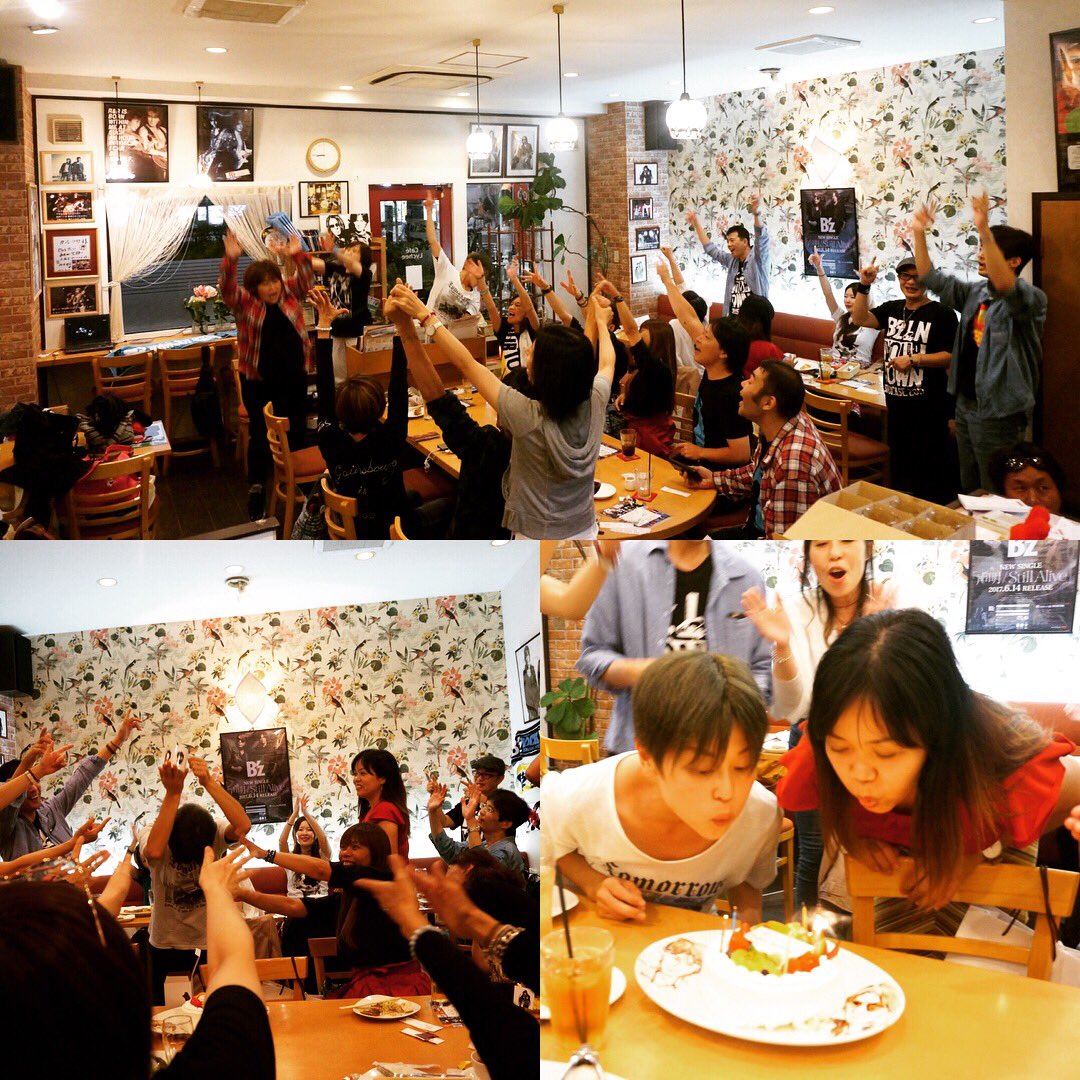

Finish by pouring the milk over your coffee in a 1:1 ratio.įor making a café con leche at home, Jonathan recommends using a Brazilian coffee. Once the milk is heated, stir and swirl it to add air and make it more creamy. Use a thermometer to check and take the milk off the heat around 82☌. After brewing your coffee, scald your milk by heating it in a pan. Jonathan recommends brewing a coffee that’s more highly concentrated than usual, with a coffee-water ratio of 1:10 or 1:11. Jonathan says that it can be made simply with a number of home brewing methods, including the moka pot and French press. If you want to make a café con leche at home, you don’t need an espresso machine. You may also like What Is a Spanish Latte?

People here in Spain order it in a glass, instead of a cup.” “It tends to be hotter and less creamy than a latte. “It consists of an espresso base to which we usually add the same amount of milk,” Jonathan tells me. He describes the café con leche as “very traditional”, saying that it “can be compared to the traditional Italian latte”. Jonathan Yanez is the head barista at Noa Specialty Coffee in Barcelona, Spain. Plant milks can be used, but they might react differently to scalding and could affect the drink’s texture and taste. When scalded milk is added to espresso, it creates a rich, creamy, and naturally sweet drink, but lacks a thick layer of foam or microfoam. Now that milk is pasteurised, scalded milk is often used in coffee shops and for baking. In the past, scalding was used to kill bacteria and make milk safe for consumption.

Milk is scalded by heating to just under its boiling point with a steam wand. While the espresso should be prepared as normal, the milk is scalded, rather than steamed, heated, or added cold.

The café con leche is usually prepared by combining equal parts of espresso and whole dairy milk.


 0 kommentar(er)
0 kommentar(er)
